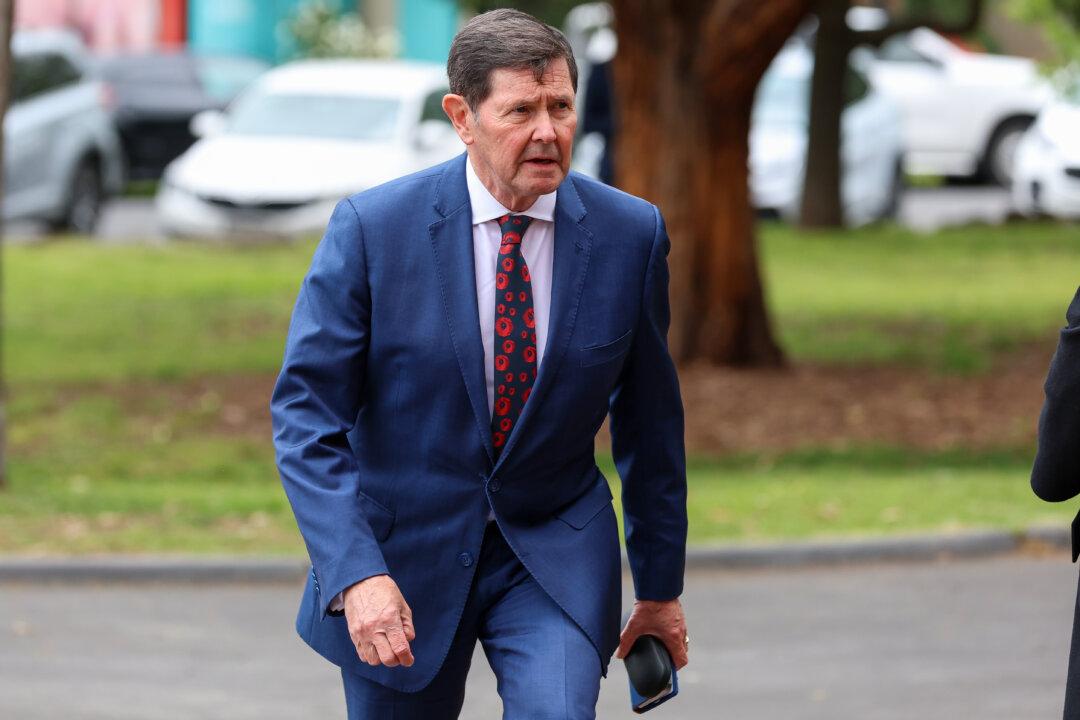Australia’s services sector suffered a downturn in May faced with a rising interest rate environment, which is set to be compounded by a further hike by the Reserve Bank of Australia.
The Australian Industry Group performance of services index tumbled 8.6 points to 49.2 in May, dropping below the key 50-point mark which separates contraction from expansion in the sector for the first time in six months.
Ai Group chief executive Innes Willox said overall sales were flat, employment fell, and new orders declined slightly.
At the same time, price pressures remained high, supply disruptions continued and difficulties securing staff remained.
“The flat sales outcomes and the steam coming out of new orders may be an early reaction to actual and anticipated interest rate rises,” Willox said.
Home buyers are bracing for a further rise in loan repayments, with another increase in the official cash interest rate expected after Tuesday’s RBA’s monthly board meeting.
Treasurer Jim Chalmers admits it will be a “difficult day”.
“We don’t pre-empt the decisions of the independent Reserve Bank, but it is universally expected today that those rates will go up,” he told Sky News.
“The responsibility for our government during this cost of living crisis that we’ve inherited from our predecessors is to make sure that there is some cost of living relief in the October budget that will come in after the current round of cost of living relief runs out.”
There are mixed opinions as to the potential size of the increase, following the RBA’s decision to lift the rate to 0.35 per cent last month from a record low 0.1 per cent—the first hike in more than a decade.
Economists’ forecasts range from another 25 basis points rise—a size the RBA has described as “returning to normal operating procedures”—to 40 or even 50 basis points.
At the May board meeting, the RBA did discuss the option of a 40 basis point increase for its first-rate rise since November 2010.
Economists expecting a larger rate rise point to mounting inflation pressures since the May board meeting, increasing petrol and fuel costs, and signs wage growth could finally be accelerating.
The potential for higher wage growth, as the unemployment rate tumbles to its lowest level in nearly 50 years, has been a key focus of the central bank for some time.
But those anticipating a small increase say there is no smoking gun from reliable wages data at this stage, and the central bank would want to avoid undermining already fragile confidence.
Commonwealth Securities calculates that on a $500,000 (US$359,000) standard variable mortgage, the monthly repayment would increase by $75.96 on a 25 basis point rise in the cash rate or $122.03 on a 40 basis point increase.
Australian Banking Association CEO Anna Bligh says on average households are going into this rising interest rate environment better prepared than probably ever before.
“On average, Australian mortgage holders are 45 months, that is almost four years, ahead on their mortgage payments,” she told Sky News.
However, she conceded averages always disguise people at both ends of the spectrum.
“There are some people who are going to be finding even the smallest movement (in rates) ... quite tough,” she said.





